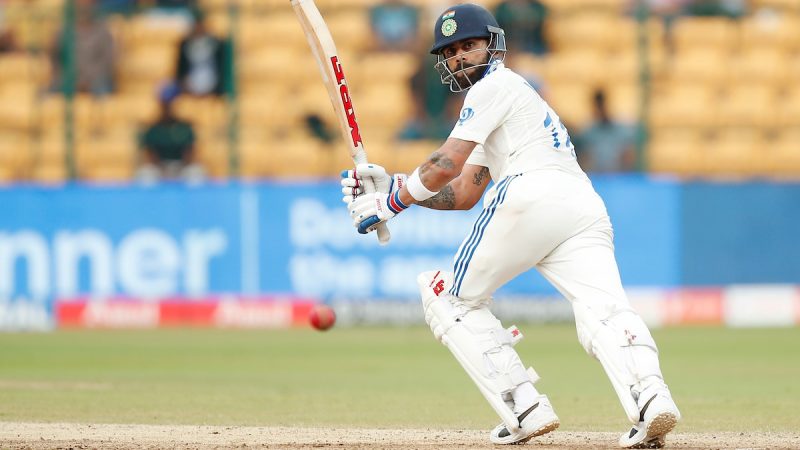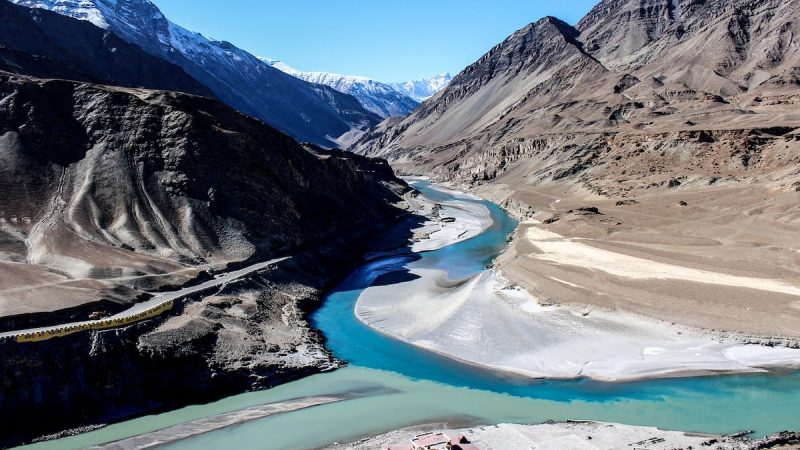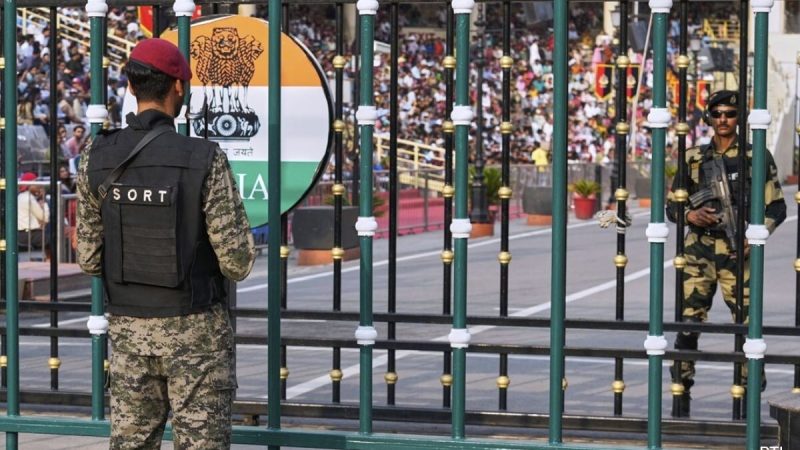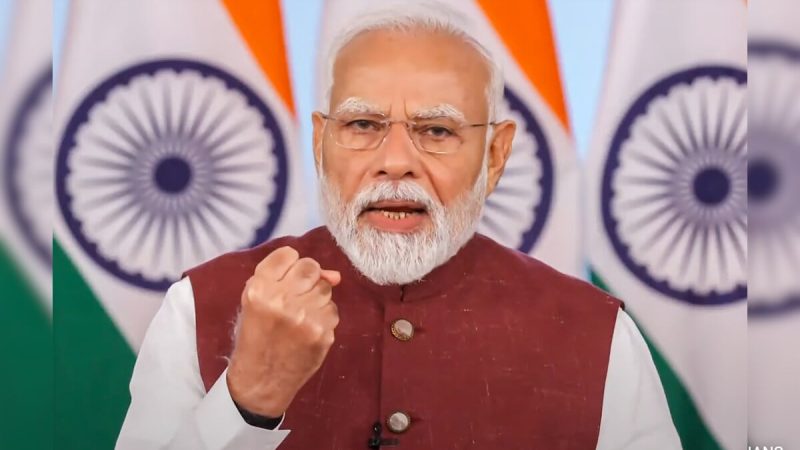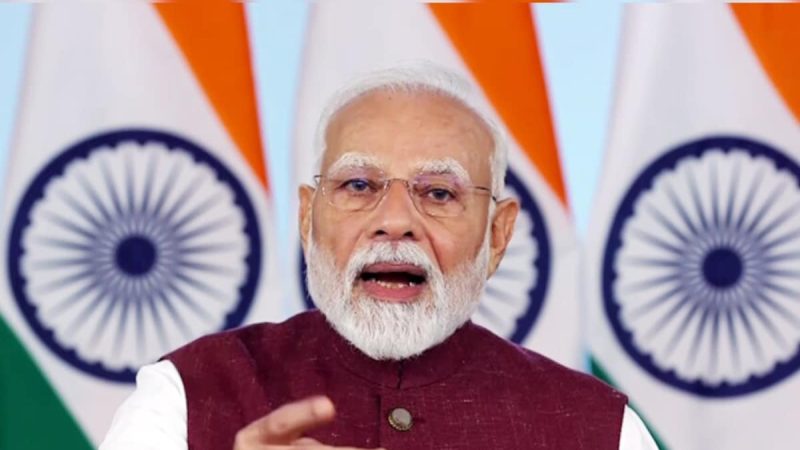President Donald Trump swayed stiffly but gamely side to side, a ceremonial sword in hand, surrounded by robed Saudi men dancing, chanting and clashing blades. His red tie flapped in the desert breeze, his expression caught somewhere between bemused tourist and self-declared dealmaker-in-chief. It was less cultural embrace, more diplomatic pantomime – a lavish welcome ahead of a state dinner where, as always in Trumpworld, optics mattered just as much as outcomes.
Trump’s first foreign trip as US president in May 2017 kicked off in Saudi Arabia with theatrical fanfare and transactional diplomacy. The headline was a $110 billion arms deal, but the subtext was more strategic – signalling a decisive US shift back to Riyadh after President Barack Obama’s brief flirtation with Tehran.
The visit cemented Trump’s personal chemistry with the then-rising Crown Prince Mohammed bin Salman, or ‘MBS’, as he is more casually known. But beneath the extravagant pageantry, there were doubts: was all this symbolism being mistaken for substance? Could a foreign policy run on photo-ops deliver sustainable influence?
Visit at a time of crisis of credibility
Donald Trump’s first official foreign trip in his second term takes him back to Saudi Arabia, with stops in the UAE and Qatar (May 13-16). The timing is striking: his return to the Gulf comes amid what could generously be called a crisis of credibility.
White House press secretary Karoline Leavitt cast the trip as a sequel to the “golden age” of US-West Asia ties ushered in during Trump’s first term. Speaking to reporters, she said the visit would “re-emphasise” his vision of a region driven by commerce, cultural exchange and shared prosperity – not extremism or endless conflict. The goal, she added, was to revive an era of “stability, opportunity and mutual respect”. It’s typical Trump: the world teetering on the edge, with him as the only man who can pull it back.
But this time, he re-enters the desert at a far more turbulent moment – on a planet less trusting of him and in a region that at times gives the impression that it has moved on.
Trump’s 100+ days in office but West Asia remains volatile
Let’s start with Ukraine. Remember his bold campaign claim that he would end the Russia-Ukraine war in a single day? Well, we are over 100 days into his second term, and there’s no ceasefire, no peace plan and certainly no deal. Instead, the war grinds on, bloodier and more entrenched than ever.
Meanwhile, Trump’s economic instincts – once sold as a populist firewall against foreign competitors – have often wobbled. His promised tariff barrage against China turned into a revolving door of indecision. After months of chest-thumping, Trump blinked – though his administration believes China blinked first.
Good news, however, is that in the quiet of the Swiss Alps, US Treasury Secretary Scott Bessent and China’s trade envoy, Vice Premier He Lifeng, have concluded a significant breakthrough — a joint agreement to ease the escalating trade war that has rattled global markets for months.
President Trump hailed the outcome, this time the rhetoric is backed by concrete measures. A 90-day pause on new tariffs will take effect from May 14 (Wednesday). The US will slash tariffs on Chinese goods from 145% to 30%, while China will cut duties on American products from 125% to just 10%.
The deal also establishes a formal mechanism for continued dialogue, with Bessent and He Lifeng leading future negotiations. Talks may alternate between the US and China, signalling a commitment to sustained engagement.
The joint statement underscores the mutual recognition of the stakes: both countries acknowledge the critical role their trade relationship plays not just bilaterally, but for the stability of the global economy. The tone is one of cautious cooperation — rooted in mutual respect, strategic calculation and the recognition that economic confrontation benefits neither side.
Now, let’s look at the West Asia flashpoints. Israel, still reeling from the horrors of October 7, has called up hundreds of thousands of reservists for another ground operation in Gaza. Many hostages are still not home. Recently, the Houthis, defiant and increasingly bold, launched a missile towards Tel Aviv, missing Ben Gurion Airport by a whisker. US officials breathed a sigh of relief when Oman mediated a fragile truce just in time for Trump’s visit, preventing any embarrassing flare-up during his Gulf tour.
Peace through force or power of persuasion?
Meanwhile, Trump is still trying to sell an old West Asia policy in a new West Asia. His support for transferring over two million Gazans to other countries – an idea Israeli hardliners have long toyed with – has infuriated Arab leaders. Saudi Arabia and Qatar have made it clear: no normalisation with Israel without meaningful movement on Palestinian statehood.
Trump and his advisors must also be aware that beneath the glittering surface, the ground is shifting. The Gulf countries have learned to hedge. Since his last visit, the oil-rich nations have deepened their ties with China, now their top trade partner. Beijing doesn’t moralise, doesn’t sanction and doesn’t ask uncomfortable questions. The yuan is slowly muscling into the dollar’s space in oil trade. Strategically, GCC states are cosying up to BRICS and the Shanghai Cooperation Organization (SCO). While the US postures, China invests.
Even defence deals, the bedrock of US-Gulf relations, are no longer guaranteed. The F-35 fighter jet, once considered America’s crown jewel, is increasingly seen as overpriced and underwhelming. Countries like Turkey and China are offering cheaper, no-strings-attached alternatives. For a region that now demands flexibility and leverage, Washington’s conditionality is starting to look outdated.
The F-35 jet, America’s flying marvel, comes with strings, delays and performance complaints. Other systems are increasingly outcompeted by cheaper, no-questions-asked alternatives from countries, such as Turkey or China.
Still, the Trump administration insists this trip could define its policy towards the region for the next four years. Perhaps. But the question remains: what exactly is that policy? Peace through strength? In Yemen, US airstrikes against the Houthis have ended. But the Houthis continue to harass Red Sea shipping lanes from non-US countries and strike deep into Israel. Trump’s threats against Iran sound tough, but recent talks with Tehran hint at a softer underbelly.
For all the fanfare, it’s not clear what Trump can offer the region beyond bluster. His track record in his first 100 days has been, at best, inconsistent. Allies feel whiplashed. Adversaries sense space to maneuver.
Yes, he will be warmly welcomed in Riyadh. He will receive gold-plated gifts, firm handshakes and the kind of flattery that foreign leaders know he craves. But substance? That’s a harder sell.
A breakthrough needed
In truth, Trump arrives in the Gulf as a weak leader, as someone who loves to be in headlines. Remember him posting a photo of himself recently on social media dressed as the Pope? Some commentaries have suggested he comes to the region with no clear vision, weighed down by policy reversals and unmet promises. And yet, this trip might still prove consequential. If he can use his access to Gulf leadership, especially MBS, to craft a coherent roadmap on Gaza, Iran, oil and trade, he may salvage something lasting. A breakthrough on the Abraham Accords, expanded to include Saudi Arabia, would be a historic prize. A viable path for Palestinian statehood – however unlikely – would cement his legacy.
Some critics argue that Trump chose the Gulf first because of the money. The Saudi government has reportedly promised up to $600 billion in US investments. The UAE has pledged a staggering $1.4 trillion – nearly three times its own GDP – in future infrastructure and clean energy ventures linked to American companies. These numbers, while eye-popping and questionable to economists, serve a political purpose. They let Trump claim he is “Making America Great Again”, not just through bluster, but with dollar signs.
Still, a transactional foreign policy only goes so far. The Gulf monarchies understand power – and weakness. They understand that Trump perhaps needs them now more than they need him. For all the talk of red carpets and camaraderie, what matters in 2025 is leverage, not loyalty.
President Trump – seen as the showman, the statesman by friends and foes – is back in the desert, trying once more to turn spectacle into strategy. West Asia, ever the gracious host, may clap along. The sabres may swirl again in ritual dance. The cameras may flash. But when the music stops, and the swords are sheathed, Trump will need more than choreography. He will need clarity, courage and perhaps, for once, predictability and consistency – if he hopes to reclaim America’s might in a region which has learned to play with different players at the same time, dancing to its own tune.
(Syed Zubair Ahmed is a London-based senior Indian journalist with three decades of experience with the Western media)
Disclaimer: These are the personal opinions of the author


